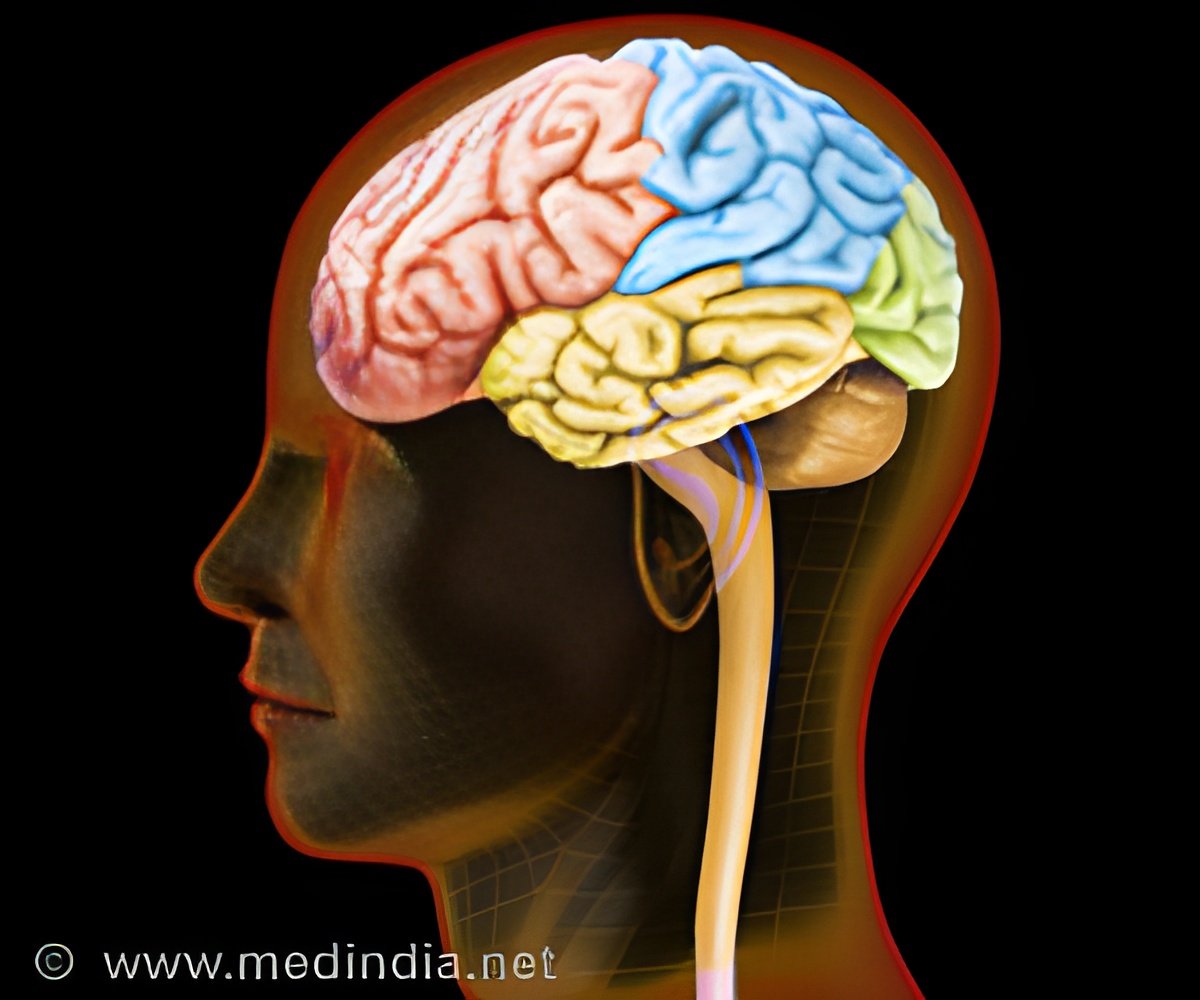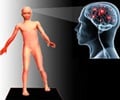A new subtype of ataxia has been discovered by scientists. Ataxia is a rare disease without treatment that causes atrophy in the cerebellum and affects around 1.5 million people in the world.

The cerebellum is a part of the brain located behind the brain that, among other functions, coordinates the movements of the human body. When it is atrophied, movement disorders appear, and when the ataxia evolves, the patients suffer frequent falls and swallowing problems. Progressively, they end up needing a wheelchair. Until now, there have been identified more than 30 different subtypes of ataxia, the first of which was described in 1993 by Dr. Antoni Matill, head of the Neurogenetics Unit, IGTP, and Dr. Victor Volpini, head of the Center for Molecular Genetic Diagnosis at IDIBELL.
The publication of this paper has been possible thanks to the collaboration of the Hospital de Sant Pau, Universitat Pompeu Fabra and the Pitie-Salpêtrière Hospital in Paris.
Particular eye movements
The first symptoms of ataxia may develop during the childhood or adult stage, depending on the subtype. The SCA37 subtype, the first cases of which were identified by Carme Serrano, neurologist at the Sant Joan de Deu Hospital, Martorell (Barcelona), is expressed at 48 years on average. One of the features of SCA37 subtype is the difficulty for vertical eye movements. Besides the patients identified in Spain by Dr. Serrano and Germans Trias and IDIBELL researchers, there are evidence of the existence of more people affected with this subtype of ataxia in France, Holland and Britain, and for this reason it seems to be a quite prevalent subtype of ataxia in Europe.
All SCA37 patients have a common genetic alteration in the portion 32 of the short arm of chromosome 1, wherein there are a hundred genes. Currently, researchers are sequencing it with new generation technologies to find the specific mutation that causes ataxia. When it is found it will be possible to make an accurate diagnosis in family members who do not yet have developed symptoms. Also, it will be possible to investigate the biological mechanisms that cause ataxia in order to develop and implement personalized therapies, with drugs or stem cells therapy.
 MEDINDIA
MEDINDIA




 Email
Email




